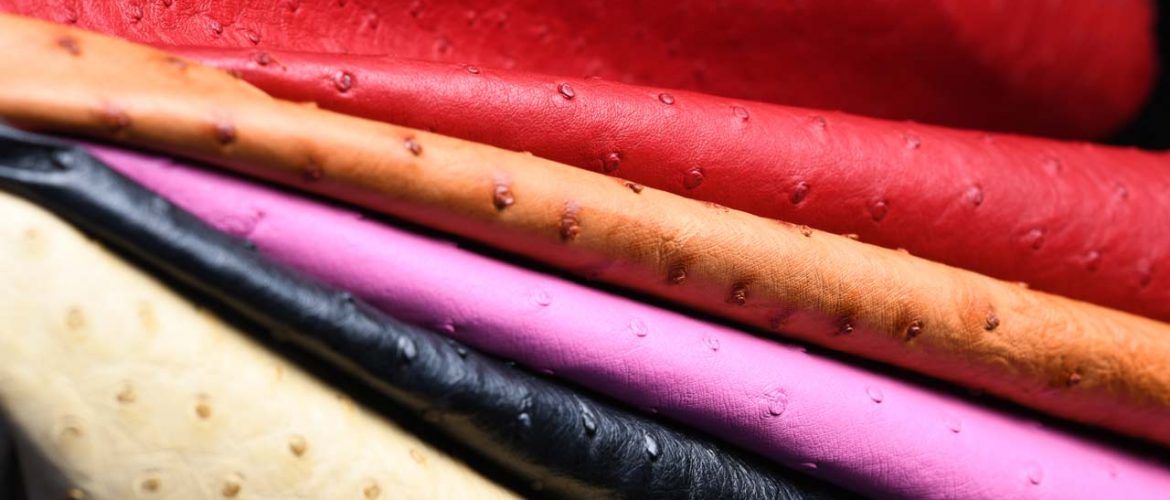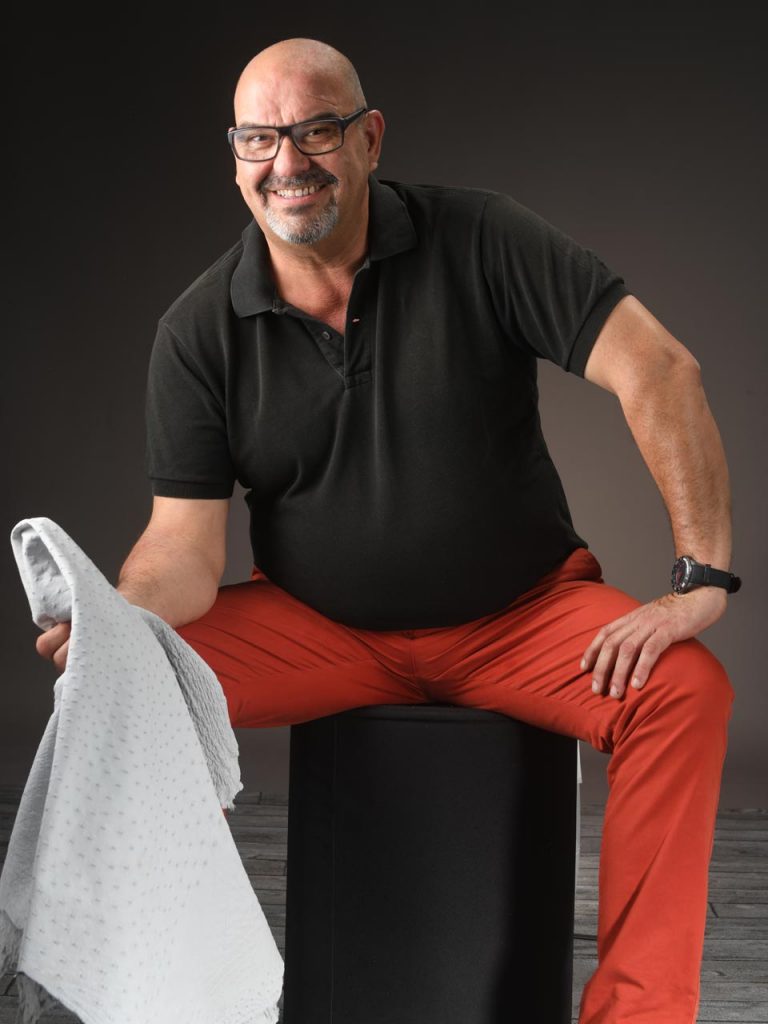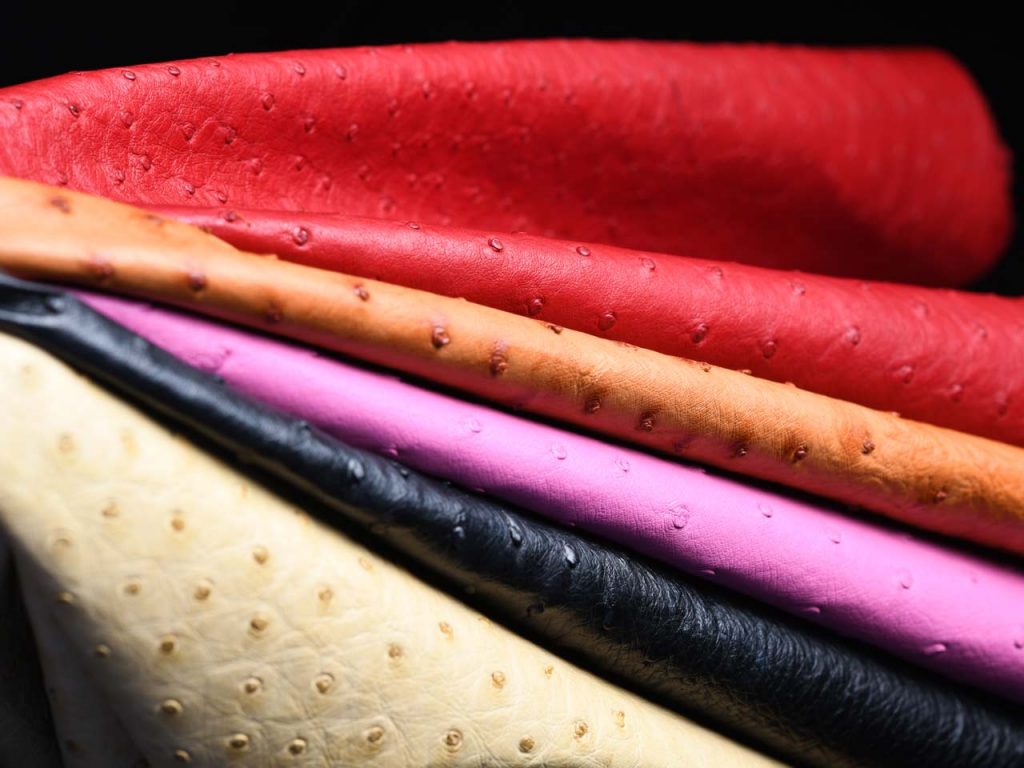
leatherfashiondesign.fr - Janv 2020

Shoe manufacturers, leather goods and big houses can now count on a Cantal tannery to obtain 100% French ostrich leather. It is thanks to Jorge Soler, tanner and…
(Shoe manufacturers, leatherworkers and big houses can now count on a Cantal tannery to obtain 100% French ostrich leather.
It is thanks to Jorge Soler, tanner and taxidermist-osteologist, in partnership with twenty French farms that breed this exotic bird for the consumption of its flesh, that the valuation of its skin in short circuit is made possible.
Because producing ostrich leather is a bit like walking on eggshells! Far from the large industrial tanneries of South Africa, Jorge Soler tans, tints and applies the finishes himself to the beaded surfaces in his workshop in Cantal. A know-how that requires great dexterity and extremely precise work. Maison Soler expects a production capacity of 2,500 to 3,000 precious leathers per year, and has embarked on the construction of its own wastewater treatment plant. Enough to satisfy the demand for quality and traceability of consumers of luxury products fond of rarity.

Maison Soler expects a production capacity of 2,500 to 3,000 skins per year.
OSTRICH LEATHER IN BRIEF
Very resistant, ostrich leather is an ideal material for the manufacture of shoes or leather goods, small leather goods, belts and watches (watch straps) or daily products exposed to scratches and friction. Finally, it is exempt from the CITES certificate unlike most exotic leathers.
